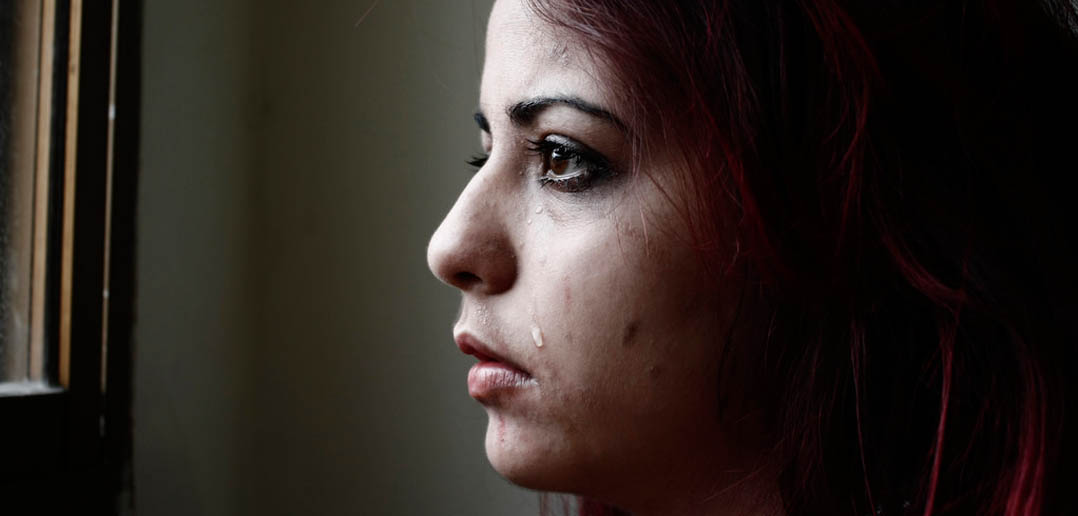Men and women differ in their willingness to help others who are crying, study finds
BY BETH ELLWOOD

A recent study adds to the crying research by uncovering gender differences in the response to tears. The study, published in Motivation and Emotion, found that perceived helplessness explained why men and women were more willing to help others who were crying, while perceived connectedness was only relevant for women.
Emotional crying is a profoundly human behavior that some psychologists believe exists in no other animal. Still, researchers have yet to establish the exact purpose of shedding tears. A study by Marie Stadel and colleagues builds on existing research that suggests that the main function of crying is to communicate helplessness. By examining differences in the response to crying across all gender combinations, Stadel and team additionally explored whether crying serves a different purpose for men and women.
A total of 140 university students, evenly split by gender, participated in a study where they were presented with images of faces on screen. The image set consisted of photos of a man or a woman crying while showing visible tears, and then a second version of each of these photos but with the tears digitally removed. Each subject was shown 16 of these images, 8 of which were men and 8 of which were women, half of which showed tears and half which did not. After being presented with each photo, subjects rated their perception of the person’s helplessness. They also rated their feelings of connectedness to the person and their willingness to help them.
As the researchers predicted, subjects, overall, reported a higher willingness to help when the person in the image was showing tears, versus no tears. For male participants, ratings of the crier’s helplessness significantly mediated the relationship between crying and their willingness to help. For female participants, both the crier’s helplessness and their feelings of connectedness to the crier were significant mediators. This finding was unsurprising to researchers, given that research has shown that women bond over crying, suggesting that connectedness is an important function of female crying. For men, on the other hand, it could be that tears only communicate helplessness.
Interestingly, male participants were less willing to help men who displayed tears than women who displayed tears. Women, however, showed no such bias — they were equally willing to help both men and women who showed tears.
The authors point out that past research has shown that men tend to form close emotional relationships with women over men, perhaps because showing emotion around other men may harm their reputation. “One way to explain the current findings,” the researchers say, “might be that this male support seeking pattern is also mirrored in their willingness to give support.” Men might be more likely to turn to women for emotional support and also more willing to give it to them.
The authors acknowledge that the images used to represent people showing tears versus no tears were digitally altered and somewhat inauthentic. Future studies may seek to replicate the findings in a more real-life context.
The study, “The gender‑specific impact of emotional tears”, was authored by Marie Stadel, Judith K. Daniels, Matthijs J. Warrens, and Bertus F. Jeronimus.